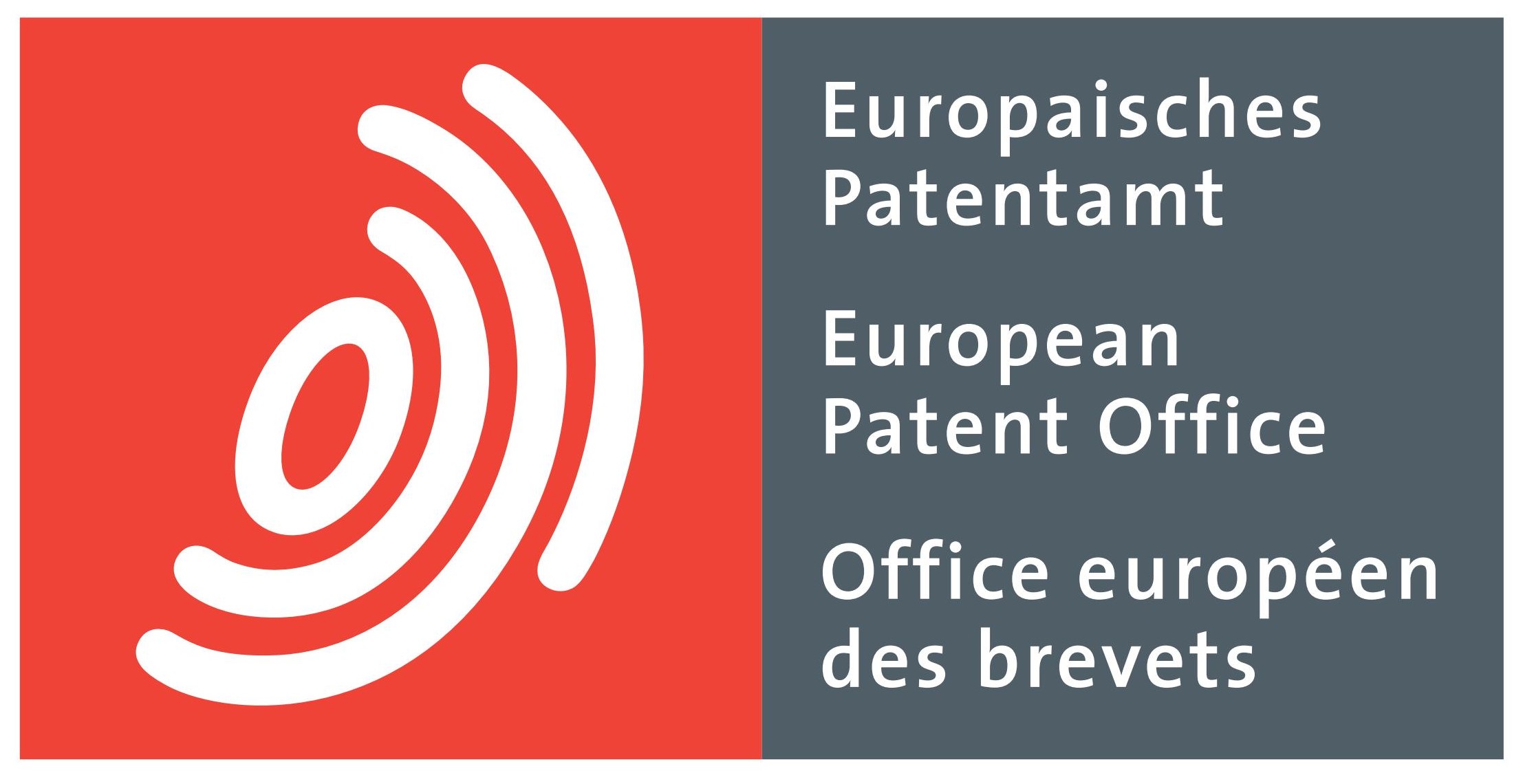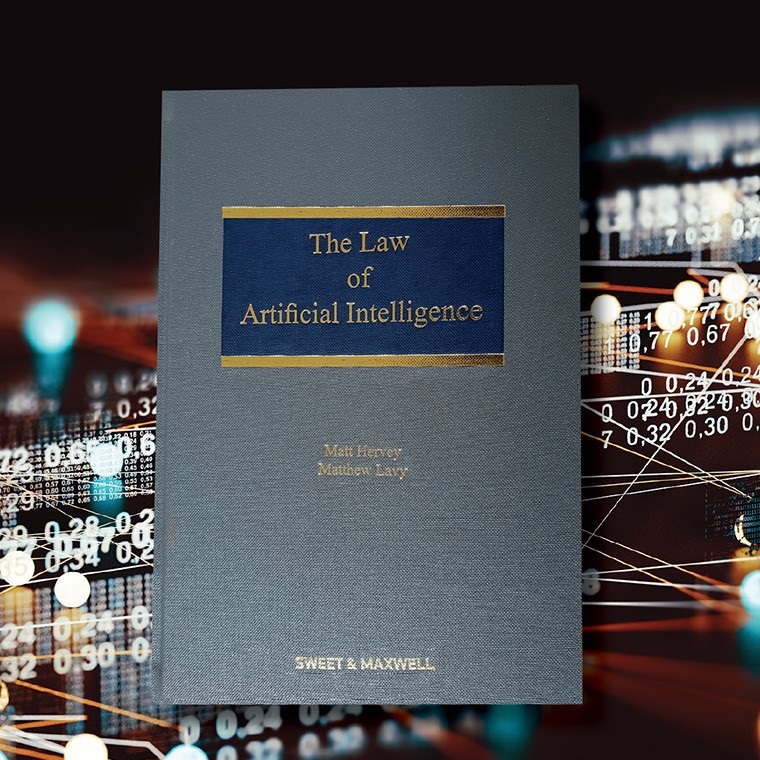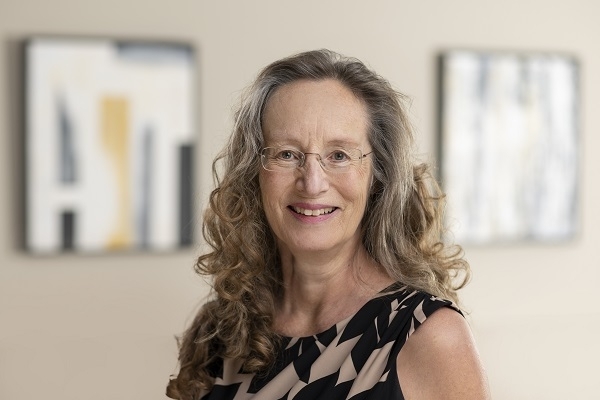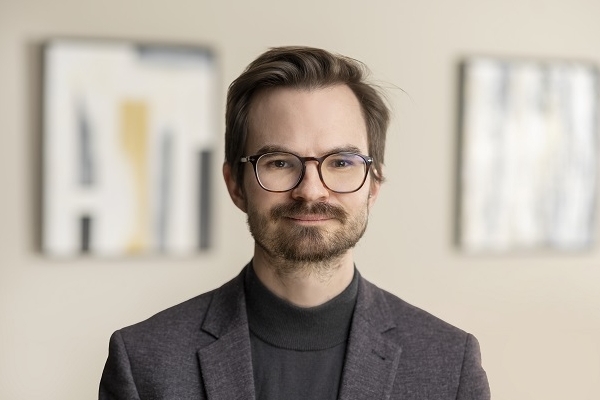Thu 11th Mar 2021
Can computer-implemented simulations be protected with a patent in light of the G1/19 decision? Yes and no…
Services: Appealing a decision by the EPO, Applying for a patent overseas, Obtaining a patent, Opposing and defending a patent at the EPO, Patent application drafting and filing, Patent renewal service, Patent searching and watching, Patents
Sectors: AI and data science, Software patents
The Enlarged Board of Appeal of the European Patent Office (EPO) has given its long-awaited decision on the referred questions in G1/19 concerning the patentability of computer-implemented simulations.
 Click here to read the full decision issued by the EPO.
Click here to read the full decision issued by the EPO.
The conclusions come as no surprise, although practitioners and innovators hoping for further clarity or development of the law surrounding the patentability of computer-implemented simulations may feel short-changed.
The questions were referred by the Technical Board of Appeal in February 2019 by interlocutory decision T489/14 (Pedestrian simulation/CONNOR), after the EPO’s examining division refused to grant a patent application for the modelling and simulation of movements of a pedestrian through an environment. The case received notable attention, with twenty-three amicus curiae briefs received in response.
Question 1
“In the assessment of inventive step, can the computer-implemented simulation of a technical system or process solve a technical problem by producing a technical effect which goes beyond the simulation's implementation on a computer, if the computer-implemented simulation is claimed as such?”
The Enlarged Board of Appeals’ response to the first referred question is succinct and to the point: “no group of computer-implemented inventions can be a priori excluded from patent protection…[therefore] question 1 is to be answered in the affirmative”.
The response re-affirms the status quo on the patentability of computer-implemented inventions and confirms that simulation has no special status within this. As with any other computer-implemented invention, the assessment of patentability before the EPO requires an assessment of the technical contribution of its features, in accordance with the COMVIK problem-solution approach to inventions comprising a mixture of technical and non-technical features [T 0641/00 (Two identities/COMVIK)].
Question 2
“If the answer to the first question is yes, what are the relevant criteria for assessing whether a computer-implemented simulation claimed as such solves a technical problem? In particular, is it a sufficient condition that the simulation is based, at least in part, on technical principles underlying the simulated system or process?”
In responding to the second question, the Enlarged Board of Appeal states “a simulation is necessarily based on the principles underlying the simulated system or process. Even if these principles can be described as technical, the simulation does not necessarily have technical character”.
Conversely, “the simulation of non-technical processes may contribute to the technical character of an invention”.
Emphasising that simulation holds no special status, the Enlarged Board of Appeal concludes such inventions must be examined on the basis of “the standard ‘technicality’ criteria” of the EPO, and that “it is neither a sufficient nor a necessary condition that [the simulation] is based…on technical principles that underlie the simulated system or process”.
Question 3
“What are the answers to the first and second questions if the computer-implemented simulation is claimed as part of a design process, in particular for verifying a design?”
The third question was put forward in the context of the decision of the German Federal Court of Justice’s “Logikverifikation” decision (Case X ZB 11/98) and Halliburton v Comptroller-General of Patents [2011] EWHC 2508 (Pat) of the High Court of England and Wales.
The Enlarged Board of Appeal declined to comment on those national decisions in detail, noting that the decisions were not based on the prevailing COMVIK approach, concluding that the answers to questions 1 and 2 are no different in the circumstances laid out in question 3.
What next?
It remains to be seen how this decision will feed into examination practices at the EPO and whether inventions concerning simulation will be subject to a greater level of scrutiny before the examination division, in light of G1/19.
Nevertheless, the Enlarged Board of Appeal’s commentary on case T1227/05 (Circuit simulation I/Infineon Technologies) may be informative. T1227/05 concerned the numerical simulation of an electronic circuit subject to 1/f noise and the case forms an important component of the EPO’s Examination Guidelines to computer-implemented inventions [Part G, Chapter, VII 5.4.2.4; Part G, Chapter II, 3.3.2]. T1227/05 concluded that “simulation of a circuit subject to 1/f noise constitutes an adequately defined technical purpose for a computer-implemented method” that could, therefore, benefit from patent protection.
Referring to T1227/005, the Enlarged Board of Appeal observes in G1/19 that “calculated numerical data reflecting the physical behaviour of a system modelled in a computer” may encapsulate implied technical effects and therefore benefit from patent protection “only in exceptional cases”. For example, when “the potential use of such data is limited to technical purposes”, emphasising that the decision of T1227/05 “was taken in the specific circumstances of the case”.
Implications for AI
Simulation is an increasingly important tool in artificial intelligence and other leading-edge technology. So where does this leave innovators and their advisers?
Take, for example, an invention that concerns reinforcement learning, in which an agent is trained based on a reward or penalty derived from the performance of that agent in a simulated environment.
It seems from G1/19 that the nature of the environment, and whether it is somehow “technical” is immaterial; or is, rather, material only to the extent that question is relevant to the determination of the ultimate technical purpose.
One could speculate that the training of an autonomous vehicle control system through reinforcement learning in a simulated driving environment might be considered a technical purpose, while a similar training regime applied to a model for predicting driver risk in determining an insurance premium would face a steeper uphill struggle.
This is supported by the EPO’s existing guidance to the effect that training of a machine learning model is only technical to the extent it supports the achieving of a technical purpose by the trained model or amounts to a technical implementation [Guidelines for Examination, Part G, Chapter II, 3.3 and 3.3.1]. Just as the training provides no inherent “Get Out of Jail Free card” in this context, neither does the presence of simulation.
How we can help
 Two of our patent attorneys Virginia Driver and Tom Woodhouse have contributed to a book on artificial intelligence and the law around this, with a chapter delivering insights on intellectual property.
Two of our patent attorneys Virginia Driver and Tom Woodhouse have contributed to a book on artificial intelligence and the law around this, with a chapter delivering insights on intellectual property.
The book, entitled The Law of Artificial Intelligence, published by Sweet and Maxwell, explores how key areas of current civil and criminal law will apply to AI and examines emerging laws specific to the use of AI.
For more information on patent protection for artificial intelligence, software and computer-implemented simulations, please contact our expert attorneys on 020 7831 7929 or email email@pagewhite.com.
This briefing is for general information purposes only and should not be used as a substitute for legal advice relating to your particular circumstances. We can discuss specific issues and facts on an individual basis. Please note that the law may have changed since the day this was first published in March 2021.



